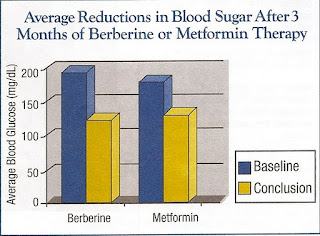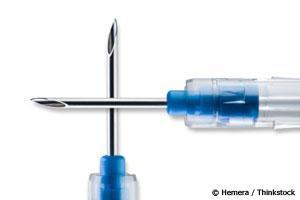Tampa, FL eliminated flouride in the water supply in October, 2022.
Fluoride is an extremely toxic carcinogen and induces neurological damage even in small doses. It should not be in our food and water. Children are being overdosed with flouride when they drink the water and add fluoride from toothpaste. Overdose means exceeding EPA standards which are not low enough. Just as in the case of radiation, no amount no matter how low is safe.
Fortunately, many scientists are banding together in the Fluoride Action Network to educate the public and they are having a significant effect.
Has fluoridation met it’s Waterloo? Since the October 25, 2010 victory in Waterloo, Ontario approximately 1,180,500 people have been freed from fluoridation by a city council or referendum vote ending the practice. There have been victories in every month of 2011 so far, and since August victories have become a weekly event. Clearly, the momentum is building to a head, and we may have finally reached fluoridation’s tipping point.
Over the last year these communities (with approximate populations) have stopped adding fluoride to their drinking water:
–Palmer, Alaska (8,428)
–Lawrenceburg, Tennessee (11,000)
–Churchill, Manitoba (1000)
–Pinellas County, Florida (700,000)
–College Station, TX (100,000)
–Slave Lake, Alberta (7,000)
–Hohenwald, TN (4,000)
–Philomath, OR (4,500)
–Spring Hill, TN (30,000)
–Pottstown, PA (15,500)
–Taber, Alberta (6,500)
–Meadow Lake, Saskatchewan (5,000)
–Taumarunui, New Zealand (5,000)
–Fairbanks, Alaska (30,500)
–Mount Clemons, Michigan (17,300)
–Lago Vista, TX (6,500)
–Marcellus, MI (1,100)
–Independence, Virginia (1000)
–Calgary, Alberta (103,000)
–Yellow Springs, OH (3275)
–Vercheres, Quebec (5240)
–Schuylkill Haven, PA (5,500)
–Sparta, North Carolina (2,000)
–Tellico, TN (900)
–Naples, NY (2,400)
–Spencer, Indiana (2,500)
–Waterloo, St. Jacobs, and Elmira, Ontario (103,000)
In the past week, three more North American communities stopped water fluoridation. The first was in the Canadian community of Churchill, Manitoba. On October 18th, a referendum vote was held and 58% of residents voted to stop the addition of fluoride to the water supply. The vote was a result of three years of campaigning by local citizens along with the group Churchill No Fluoride. While the referendum was non-binding, the Town Council is expected to follow the will of the majority and end the practice officially.
Also in Canada, the City Council of Moncton, New Brunswick will be making a decision regarding fluoridation in the next month. The campaign against fluoridation is being led by Fluoride Free Moncton. The New Brunswick town of Saint John will also be taking up the fluoride issue in the near future. If you live in New Brunswick, now is the time to get involved in these two campaigns!
The Second victory this past week was in Lawrenceburg, Tennessee. On October 20th, the board of directors for the Lawrenceburg Utility Systems voted unanimously to discontinue fluoridation, saving the city $22,000 a year. The board’s decision was influenced by a letter recommending an end to fluoridation submitted by Tennessee State Representative and Doctor, Joey Hensley. Dr. Hensley has sent the same letter to every water director in his state, which is highlighted in this TV news interview.
The third victory was in Palmer, Alaska. On October 25th, the City Council voted 6-1 to adopt an ordinance prohibiting the addition of fluoride to the water supply. The decision came after months of discussion, and consideration of the growing opposition to fluoridation in Alaska after Juneau and Fairbanks recently rejected the practice. Bethel, Alaska is currently reviewing a similar ordinance banning fluoridation, and is also expected to make a decision within the next month.





